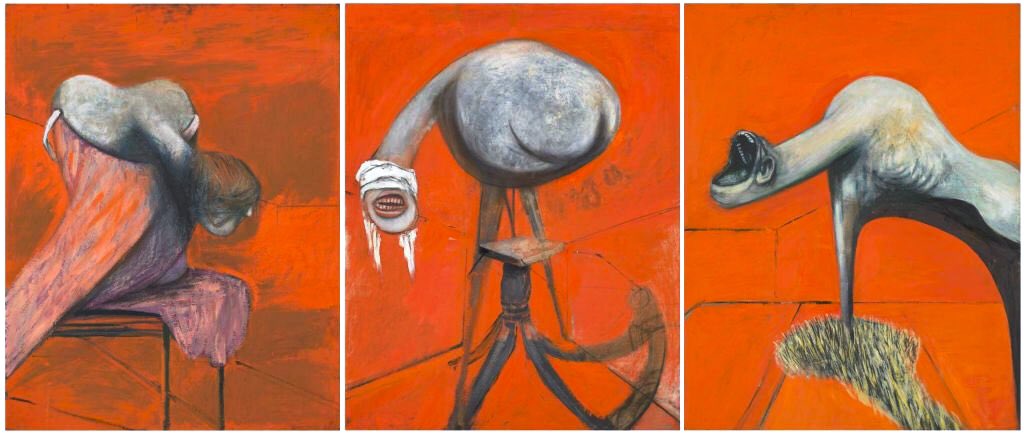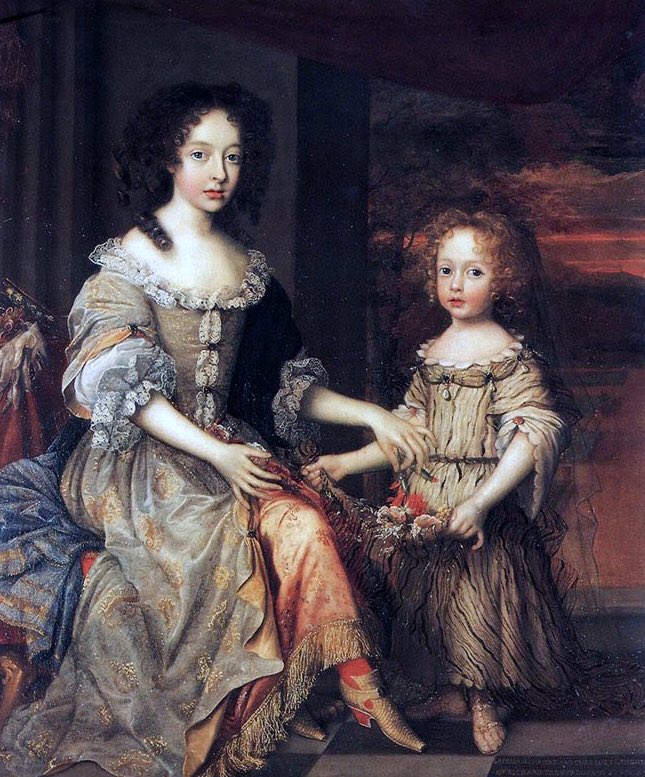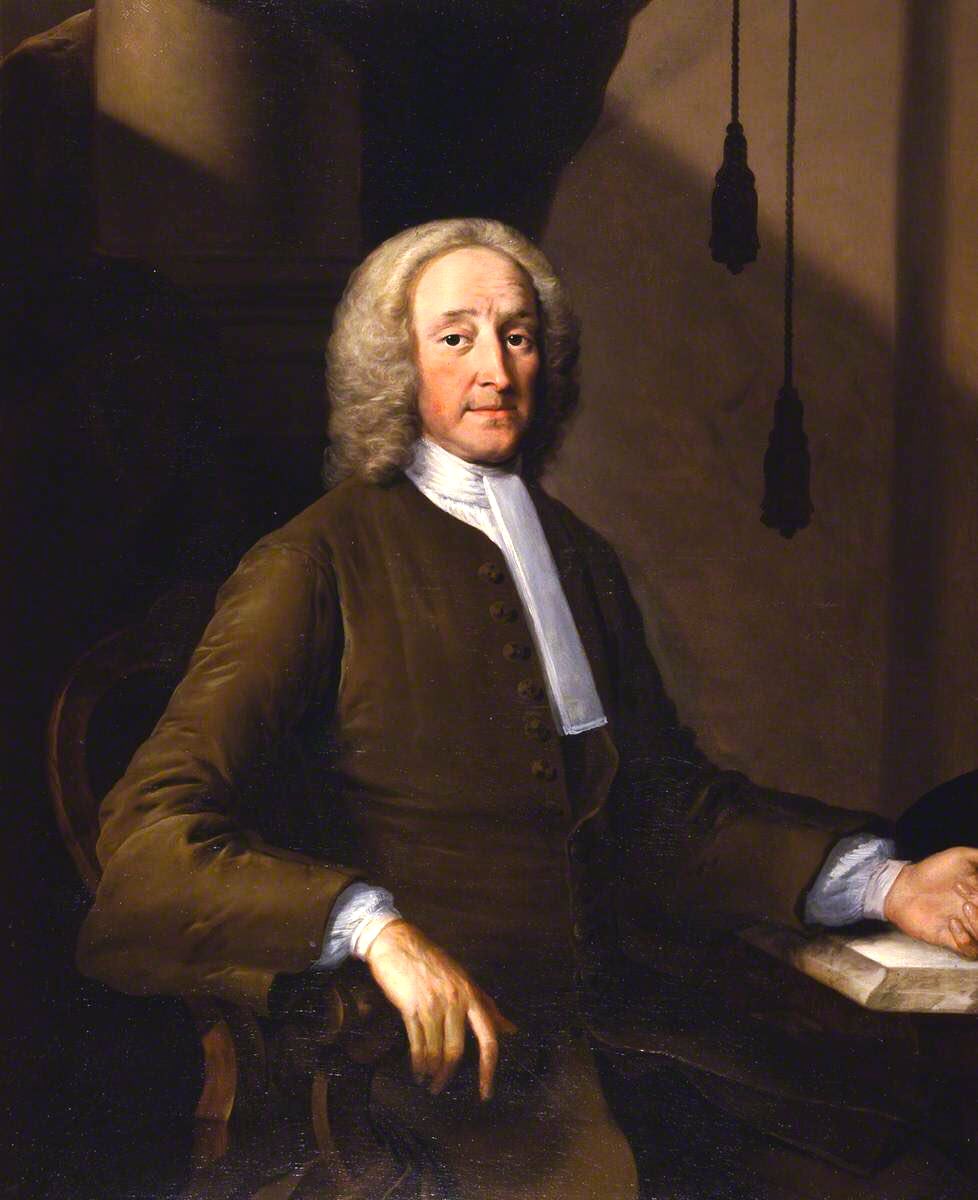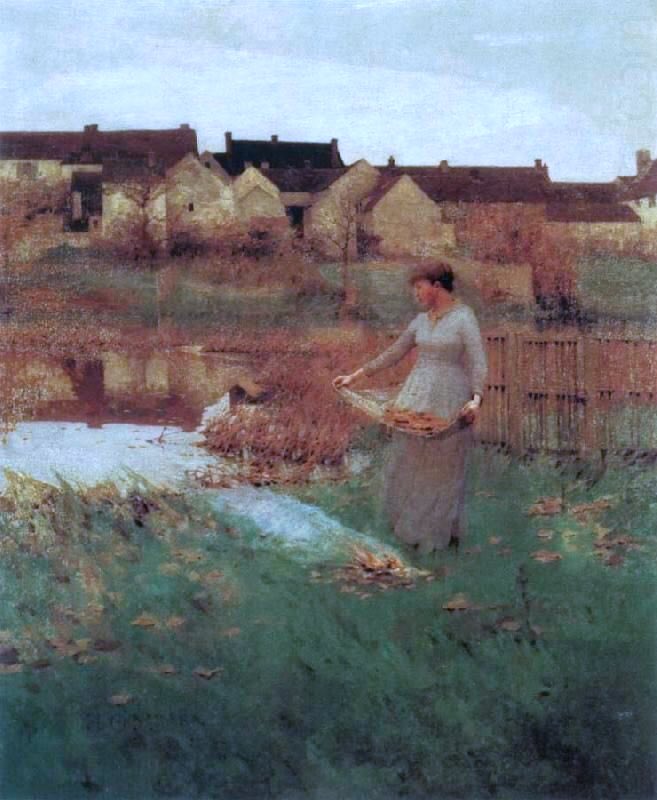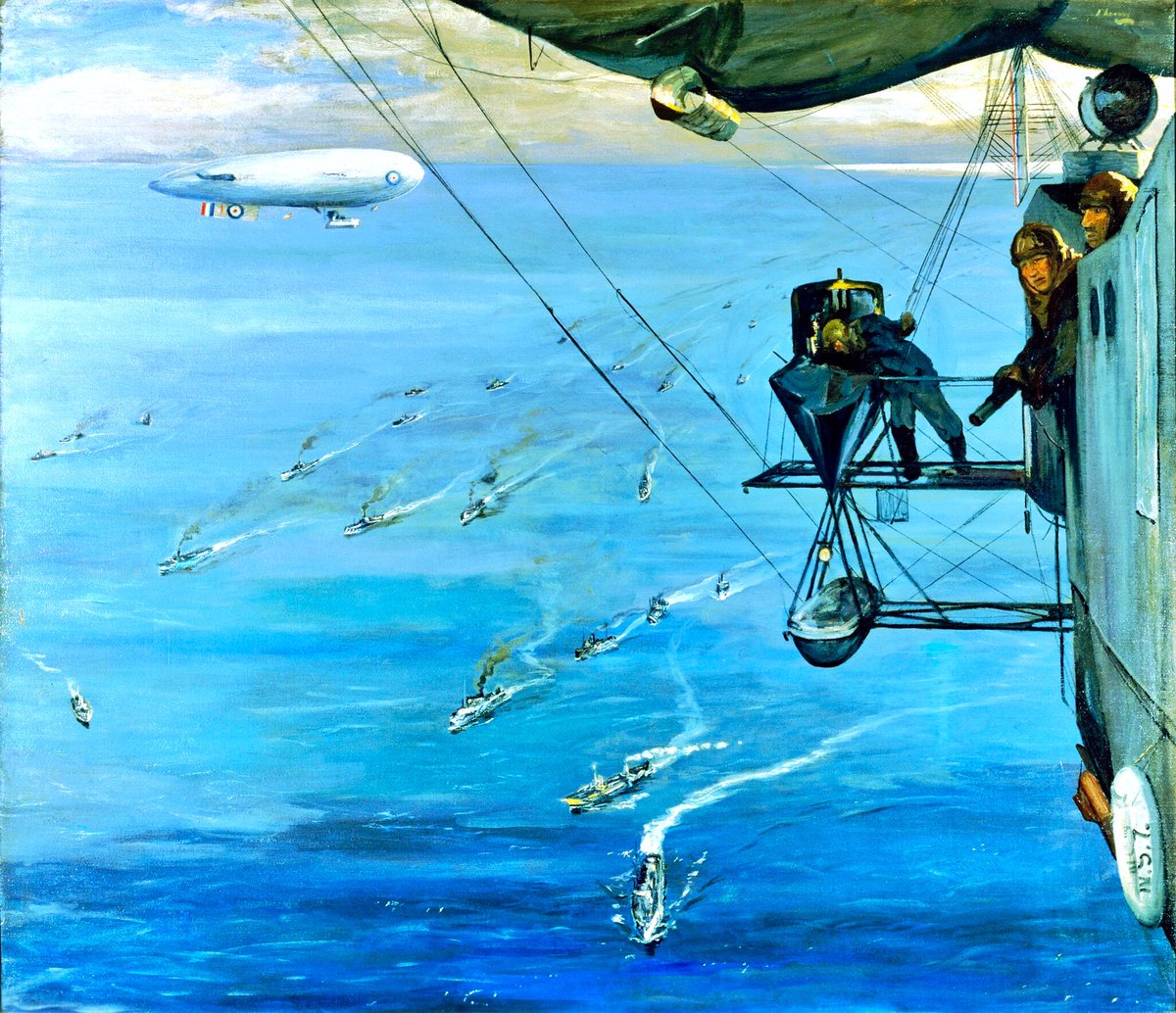Thread: A brief history of Irish art as demonstrated by its greatest painters, in my opinion. Here are images by Sir Frederick William Burton, Harry Clarke & Francis Bacon. Although relatively unknown outside Ireland I think these artists are worth studying.
Due to constant warfare, suppression of native culture & the wiping out of the patronage of the cultural elite by English colonial forces the first oil painters in Ireland were of foreign origin. These included John Michael Wright (1679) & Gaspar Smitz (fl 1662-89)
Irish people can still get my special offer in time for Christmas - here are the details https://twitter.com/robertbohan/status/1340347883602796545
The first painters included Garret Morphy (Brigadier Wolseley; c1655-1715), James Latham (Sir Capel Molyneux; 1696-1747) & Stephen Slaughter (The Betts Family;1697-1765). Their work was serviceable if uninspired)
The first painter to make a name for himself was Charles Jervas (c1675-1739), an Offaly man. Although technically satisfactory his work relied on painting the famous. There was a ready market for such ‘souvenirs’ of noteworthy people.
Perhaps the best portraitist of this early period of Irish art was Thomas Frye (1710-62). He helped found the Bow Porcelain works in England & had a famous series of Mezzotints. His was a talent that deserves greater examination.
Irish patronage was restricted to the Anglo-Irish ascendancy who preferred to collect foreign painters. They did however like to have their parks painted. This encouraged George Barret (2728/32-84) to come to Ireland.
Thomas Roberts (1748-78) was a short lived Irish landscape painter who was extremely gifted & created iconic images of the Irish countryside. His images have a truly Irish atmosphere. He was probably the greatest of the native landscape painters.
The most famous Irish painter of the 18th C was Nathaniel Hone the Elder (1718-84). He held the first solo exhibit in Britain, fell out with the Royal Academy & painted wonderful images of his sons including the Piping & the Spartan Boys. His Conjuror caused a massive controversy
James Barry (1741-1806) was the greatest Irish painter of the 18th C - he was a pioneer of neoclassical art & also an idiosyncratic visionary - even today his genius is not widely known.
Thomas Hickey (1741-1824) was a Dubliner who made his name in India. His work is not well known but deserves greater awareness. He painted images of Indians & the British & Irish colonists who controlled the country.
Hugh Douglas Hamilton (c1760-1803) was a gifted painter & portraitist. His Earl Bishop is one of the greatest paintings in Irish art. His neoclassical portraits have a dignity & style that show a maturity in the development of the school. He was also a close friend of Canova.
Francis Danby (1793-1861) was an Irish painter of the Romantic movement & member of the Bristol School. His paintings echoed the concerns of 19th C aesthetics in charting the sublime & the beautiful
James Arthur O’Connor (c1792-1841) was another romantic painter. He could paint images of great emotion but was also forced to paint pot-boilers to eke a living in a country with no understanding of art. I love the dramatic canvases as well as his relaxed landscapes too.
William Mulready (1786-1863) was a Clare man who was brought up in London. His genre scenes focus on romantic & childhood subjects. His draughtsmanship was such that he was known as the English Michelangelo. His experience of racism gave his work a uniquely empathetic form
Daniel Maclise (1806-1870) was an artist who found fame in England. He painted Ireland’s most important Irish history painting - The Marriage of Strongbow & Aoife (c1854)
FW Burton (1816-1900), better known as director of the London Natl Gallery, was an inspired Irish artist who also bought Leonardo’s Virgin of the Rocks. His Aran Fisherman’s Drowned Child & Meeting on the Turret Stairs are two of the high points of Irish art
Training in France & Belgium was important to a number of Irish painters including Sarah Purser (1848-1943), Walter Osborne (1859-1903) & Frank O’Meara (1853-88). The latter two are amongst my favourite artists.
Ireland’s greatest post-Impressionist painter was Roderic O’Conor. He was influential on a number of artists including Gaugin & it’s only in the past couple of decades his importance to Western European art has begun to be recognised.
Two great early 20th C Irish artists were Sir William Orpen (1878-1931) & Sir John Lavery (1856-1941). Both created beautiful images as well as being war artists. Each painter had a distinct style. In his day, Orpen was one of the most successful artists.
Harry Clarke (1889-1931) was one of Ireland’s greatest artists. His medium was stained glass & he created astonishing masterpieces which integrated Celtic art with Art Nouveau. His fame has grown significantly in the past few years. Some 130 windows survive
Harry Kernoff (1900-74) was important in that he introduced European modernism to Ireland & remained in the country despite its hostility to modern art. His art evolved from realism to surrealism & finally, form based abstraction.
For many years Jack Butler Yeats (1871-1957) has been held up by the Irish establishment as the greatest Irish painter. His abstract images & status as brother to WB Yeats meant his pictures were ‘safe’ for the de facto theocracy. The White Horse (1956)
Gerard Dillon (1916-71) was a painter from Belfast & member of the Progressive Painters Group during the Emergency (1944). His subject was Ireland & friendship reflected through the gay male perspective (Self-portrait, 2nd Pic). An important painter.
Francis Bacon (1909-92) was Ireland’s greatest painter of the 20th C as well as a major visionary. An Expressionist, his work was inspired by an Irish concern with religion & existentialism, a charged nihilism & a gay awareness.
Norah McGuinness (1901-88) is best remembered for her angular landscapes of Ireland. The Startled Bird (1961), Barley Moon (c1964) & Evening Flight (1960s). I really like her relaxed & personal style.
Mary Swanzy (1882-1978) was an Irish artist who began her career influenced by a number of styles. When she found her own she created images of raw abstract vehemence which outshone much of her male colleagues’ derivations
Irish customers can still get my 2 for 1 offer in time for Christmas. Take a look! https://twitter.com/robertbohan/status/1340347883602796545

 Read on Twitter
Read on Twitter

